The Difference Between Self-Defence & Martial Arts
For many years I have been involved with the delivery of self-defence training and all of this started a long time ago when I was a young black-belt running ju-jitsu clubs, when I was asked by the local police to deliver some self-defence classes for local groups and businesses.
Now that business has grown from that initial spark into what it is today, and along that journey I have learned many things, and one of them is the difference between martial arts and self-defence.
When we first launched our BTEC Level 3 Self-Defence Instructor Award Course for example, the primary aim was to provide the industry with a recognised National Vocational Qualification aimed at individuals who were already teaching self-defence and who were experienced and competent in their own right.
Our common goal was not to be ‘autocratic’, dogmatic or prescriptive in our approach but to be ‘inclusive’ as opposed to ‘exclusive’.
Objective vs Subjective
As opposed to offering a prescriptive and strict ‘syllabus-type’ approach we decided to work on a more open and principle-applied basis and these principles need to be based on facts, logic and evidence, simply because facts can be corroborated and logic and evidence can be tested and measured.
This approach is an objective one. Art on the other hand is more subjective than objective.
In the same way that two people can look at the same picture and have different opinions, this is the subjectivity that can (and still does) exist in the martial arts.
Therefore, although a martial artist can have expertise and competence in their art, they also have the unrestricted ability to express that expertise, sometimes without question.
For example, most people practicing a martial art will probably simply follow what a senior instructor of chief instructor say without question.
This is because in the main that is the way martial arts (generally speaking of course) are taught and governed.
Therefore the expert (or senior) martial artist is rarely challenged or questioned in their authority within their chosen art, because in terms of the way they run their association or dojo they are the judge and the jury.
Outside of the martial arts however, any use of force situation can be readily challenged.
This means that the subjectivity of what you did can be objectively challenged by a body of your peers in criminal court, namely a jury with a judge overseeing proceedings.
In addition, lawyers working for the defence and the prosecution will be working on facts and evidence, both of which need to be objectively substantiated and corroborated.
Furthermore, what someone did will be viewed in light of what the law allows and prohibits, not what the syllabus dictates or what the sporting governing body rules were.
Sporting Activity vs Operational Use
Think of it this way. We currently have shooting clubs all over the UK. They are Governed by the National Rifle Association which is the Governing Body for all full-bore target shooting, which is aimed at people who want to take part in competition or social shooting.
However, the National Rifle Association nor its affiliated shooting clubs, do not provide any lawful excuse for individuals to be able to carry guns in a public place for the purpose of protecting themselves or others.
That is outside of their mandate as a ‘sport’. The only agency that is allowed to carry guns in public places, for the purpose of protection of themselves and the public, are the police. But not just any police officer is allowed to carry a gun.
It has to be a specially trained firearms officer and such an officer must have a ‘lawful excuse’ for the possession of such a weapon in a public place.
This is because the laws that apply are different between a using a gun in a sporting context and carrying a gun for operational use, which could result in the foreseeable loss of life.
In the same way, because the martial arts are classified as ‘sports’ they do not require the same legal input that other operational ‘use of force’ training systems must now have.
In addition, if we are teaching individuals to keep themselves safe at work then a competent understanding of Health & Safety legislation is also required so that what we teach becomes part of an overall risk management approach and not just an isolated stand-alone solution.
Sporting Insurance vs Company Insurance
The insurance that all martial arts instructors carry generally will only insure them for the activity of their art under the category of ‘sport’, normally within a registered sporting hall (registered dojo).
However, if we are offering ‘self-defence’ training to the general public or to other companies (not other members of the same club or association who may have member to member insurance) then, technically speaking, we are running a business and we need public liability insurance.
If we are also employing other instructors to help us (even on a sub-contracted and / or voluntary basis) then we may even need employer’s liability insurance cover too, but you need to check this with a reputable insurance broker.
Teach Me Something Now vs Three Years to Black-Belt
One question I had from a martial arts instructor who attended one of our Self-Defence Instructor Training courses was this one: “How am I supposed to teach someone to be able to defend themselves in a few hours or a day, when it takes years of practice to become skilled in our art?”
The answer lies in the fact that if you can’t, you should not be teaching self-defence!
Let me explain.
Let’s say a 53 year-young woman comes to you for advice. She is a mother and grandmother, not in a best state of physical health or fitness and possibly carrying injuries.
She has come to you and says: “I work as a medical representative and the other day I was walking through a particular area and I was approached by a scary young man who asked me for money and who also thought I had drugs in my medical reps bag. I was so frightened that he was going to attack me and I am now scared for my safety when I am out and about doing my job. Please can you teach me some simple self-defence so that if I am attacked I can do something to defend myself and get away”.
Are you actually going to tell that woman that it is going to take her three-years to be skilled enough to be able to defend herself?
And it was a very similar situation to the one I’ve just described that got me into teaching self-defence that you can find out more about in the video below.
Function Over Form – Keep It Simple
The primary aim of any self-defence course should be to give people simple, easy to learn and effective skills to be able to do just that, and that is actually what the research into this area shows (and this is what you will learn when you train with us).
There have been numerous research studies done, some dating back to the late 1800’s, that show that when heart-rate goes up the ability to use complex thinking and complex and fine motor skills deteriorate and an individual must rely on simple gross motor skill technique if they are to survive a potentially dangerous encounter.
Therefore, the answer is right in front of our eyes! If we are saying that it is going to take someone a week, one-month, six-months or three-years to get to a point where they are proficient enough to be able to use the skills being shown to them, then (obviously) the skills must be too complex and too difficult to learn and recall.
Otherwise it wouldn’t take so long for someone to become proficient, would it?
My take on it is this. I should be able to teach someone something in minutes that they can do and recall without thinking.
In addition, the person I have taught should also find the skills so easy that they should be able to teach it to someone else. If we can do that for them we have done them a great service.
Function Over Form (Self-Defence) vs Form Over Function (Martial Arts)
Therefore, in short, self-defence is about function over form, whereas martial arts is more about form over function. What that means is that the priority with any self-defence technique is that it MUST work.
It doesn’t matter how messy it looks, as long as it works that is all that matters.
So there is no need to spend hours, weeks, months and years of training to demonstrate the technique in a perfect way.
Martial arts on the other hand is more about form over function and what that means is that the technique has to be demonstrated in a way that meets the requirements of the system that it is being taught within.
To this end it can take weeks, month and even years to perfect a technique so that when it is demonstrated every aspect of it is perfect.
In a self defence situation however, functionality must prevail to achieve the objective of keeping yourself and others safe.
Why Don’t Most Instructors Do Just That?
I think the answer to that question lies in the fact that when we practice martial arts we aim for perfection.
That is one of the aims of the art, because by pursuing perfection we learn patience, tolerance and self-discipline and what we do looks graceful, almost like a well-executed dance move.
Therefore, when a martial arts instructor moves over into teaching self-defence it is a natural progression to teach it the same way.
The reality however, is that real self-defence is far from elegant and perfect.
As the average human being can only fight for between 8 – 12 seconds before they become oxygen deficient (out of breath) they need something that is quick and effective and that gives them a window of opportunity to escape. Nothing more.
More Mental than Physical
Self-Defence is not just about the physical skills though. It is also a psychological battle.
When people come to learn self-defence they are not only worried about becoming a victim, they are also worried about being prosecuted, and this is a little known fact.
They are actually worried about getting into trouble for hurting someone and this is sometimes compounded by the poor information given to them on some training courses.
I recall one person telling me that an instructor had told her that if you hurt your attacker you could end up being prosecuted yourself, found guilty by a court and sent to prison (that was a great motivator to not use what you are being taught!).
In another case someone told me that a police officer allegedly told them that if you caught a burglar in your home and you successfully defended yourself you should drag the assailant upstairs because you’d be less likely to be arrested or found guilty by a court if they were found upstairs instead of downstairs!
And no – I’m not making this up!
The Facts (Based on Evidence and Research)
In 2005 the Crown prosecution service reviewed 15 years of prosecutions of which there had been over 20 million crimes (that includes all crimes, not just burglaries, but it gives you some idea what sort of a number of criminal acts we’re talking about).
Out of 20 million crimes there had been only 11 cases of people being prosecuted. 11 out of 20 million!
And in some of these 11 cases you’re talking about people running after a burglar, where the burglar has ceased to be in the premises, capturing him, bringing him back to another location, putting him into a carpet, trussing him up, and setting alight to him.
The fact is you have to go a long way to be found guilty of using reasonable force in self-defence.
The Real Motivation
A few years ago we did a huge piece of research whereby we interviewed 356 nursing staff and we asked them what they really wanted to learn.
At first they said they wanted to learn what they could do.
Yet when we pressed the question the real underpinning issue was that they wanted to know what they were legally allowed to do. In short they wanted to know what the law allowed them to do and how far they could go without getting into trouble.
That was their real fear.
As a result, every self-defence course we teach gives the student a thorough insight into what the law actually provides and we have some brilliant legal people on video to get that point across to them, and when you choose to train with us you will get access to those resources too.
I Love The Martial Arts
I Love the Martial Arts Now this is not to say that I do not agree with martial arts, for I have been involved with it for nearly all of my life.
The martial arts offer a great service to individuals and society as a whole.
It helps people better themselves, increases self-confidence, self-esteem and self-worth, provides a local, national and even global community for individuals to feel a part of, and it teaches great skills which can be honed over time and allows an individual a structured model for personal growth and achievement.
I have seen many children and adults who feel depressed, worthless and down-trodden, and who have been bullied all of their lives change under the care, love and compassion of good martial arts instructors.
They get back their stolen self-worth and feel like they are worth something once again. In many ways a good martial arts instructor is better than any therapist and many communities would be a far worse place if there were no martial arts clubs.
I do recognise the many strengths within the arts, but, I also recognise it’s limitations too.
Teaching Martial Arts and Teaching Self-Defence Are Not The Same Thing
Currently, as the law stands, if you give out incorrect advice or guidance and that leads to someone being hurt then they may decide to pursue you for damages (Article 13 ECHR).
Therefore, if you are a martial arts instructor looking to teach self-defence the course we offer is designed to help you do what you possibly started in the martial arts to do – help people.
However, it is also designed to help you.
To give you the additional skills and knowledge to enable you to give the right advice and guidance (legally correct) so that if you are challenged you can prove that what you taught was within what the law allows and prohibits.
That’s what our BTEC Level 3 Self-Defence Instructor Award Course is all about, and as I mentioned at the beginning, our BTEC Level 3 Self-Defence Instructor Award Course is primarily aimed at providing you with a recognised National Vocational Qualification as validation of what you are already doing and that is why you should really consider training with us.
Find Out More About Becoming a Properly Qualified BTEC Level 3 Self-Defence Trainer
To find out more go to this page – https://nfps.info/btec-level-3-self-defence-trainer/
Best Regards
Mark Dawes

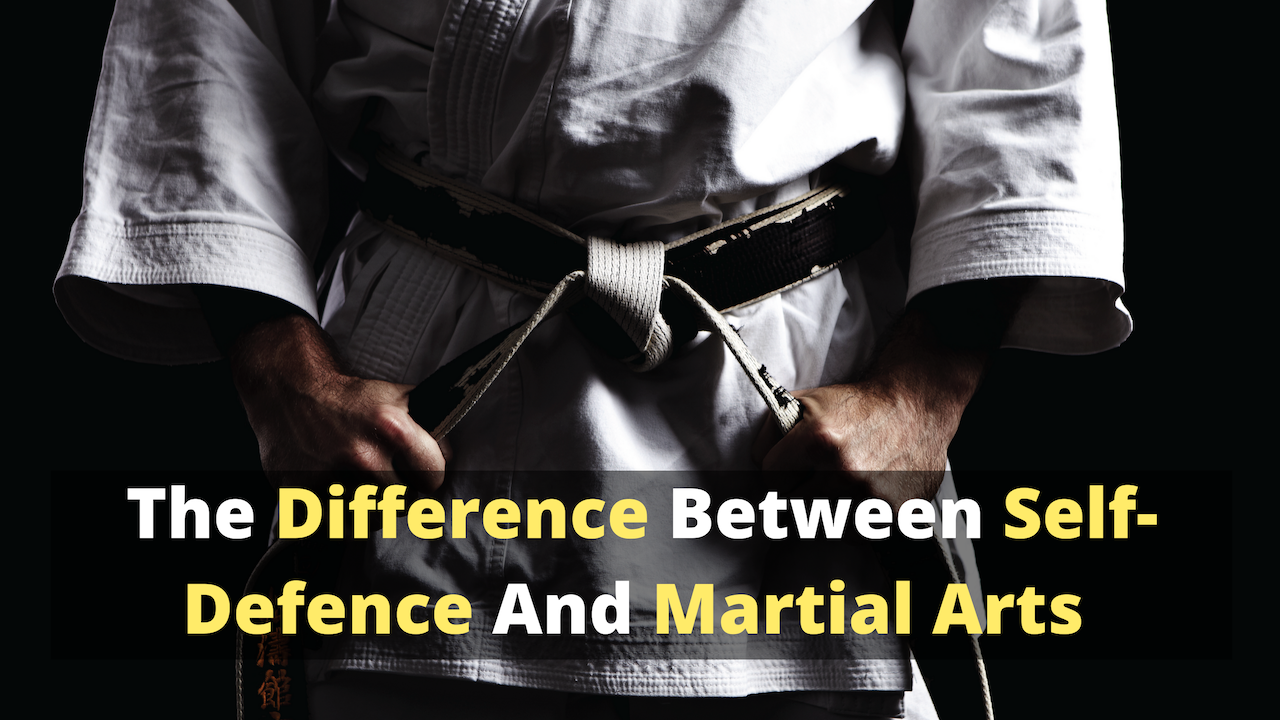
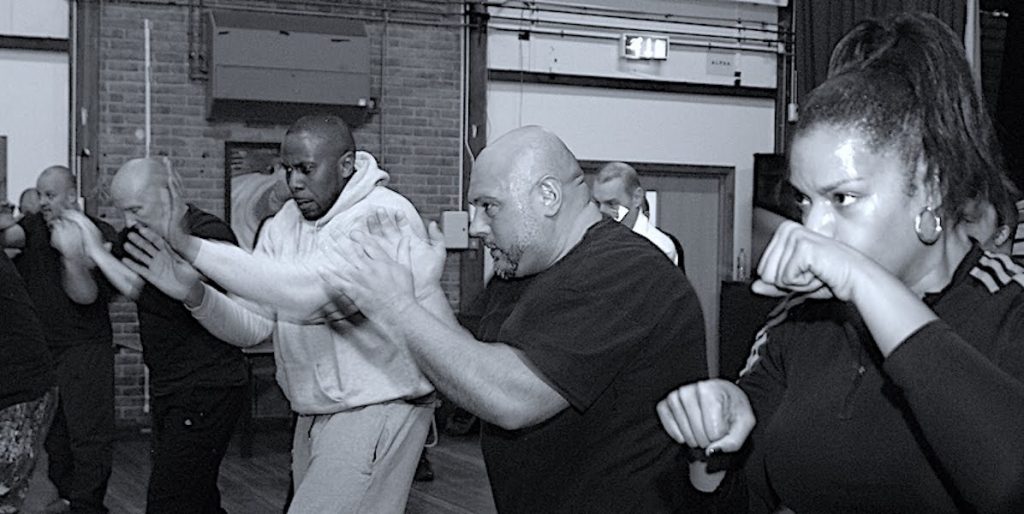
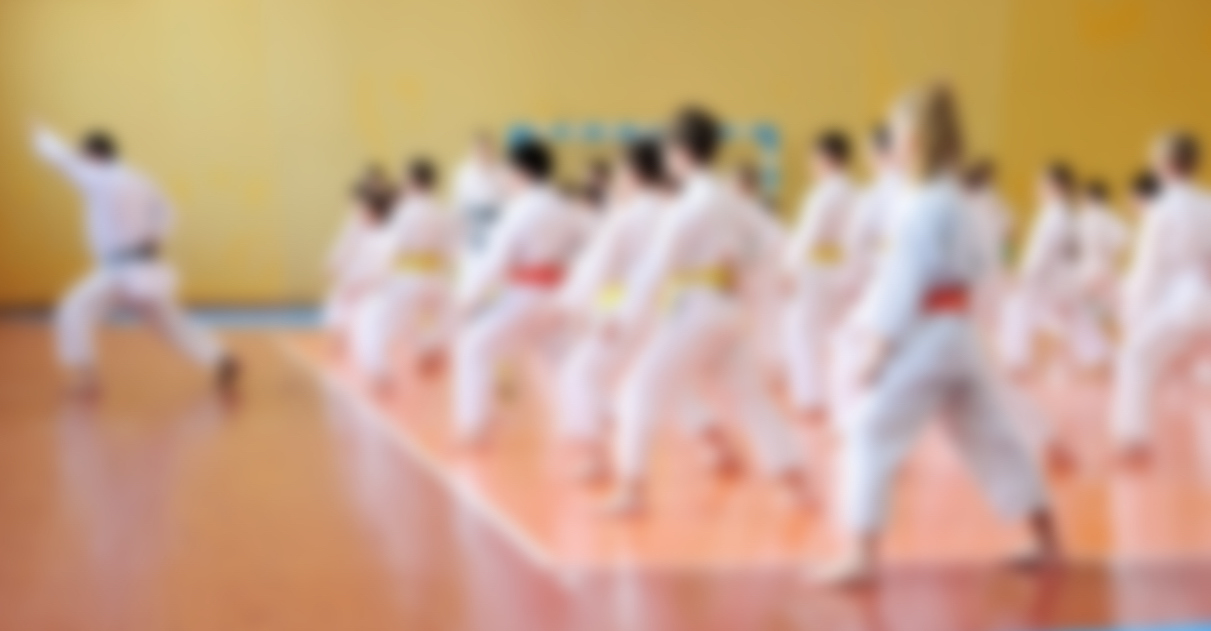
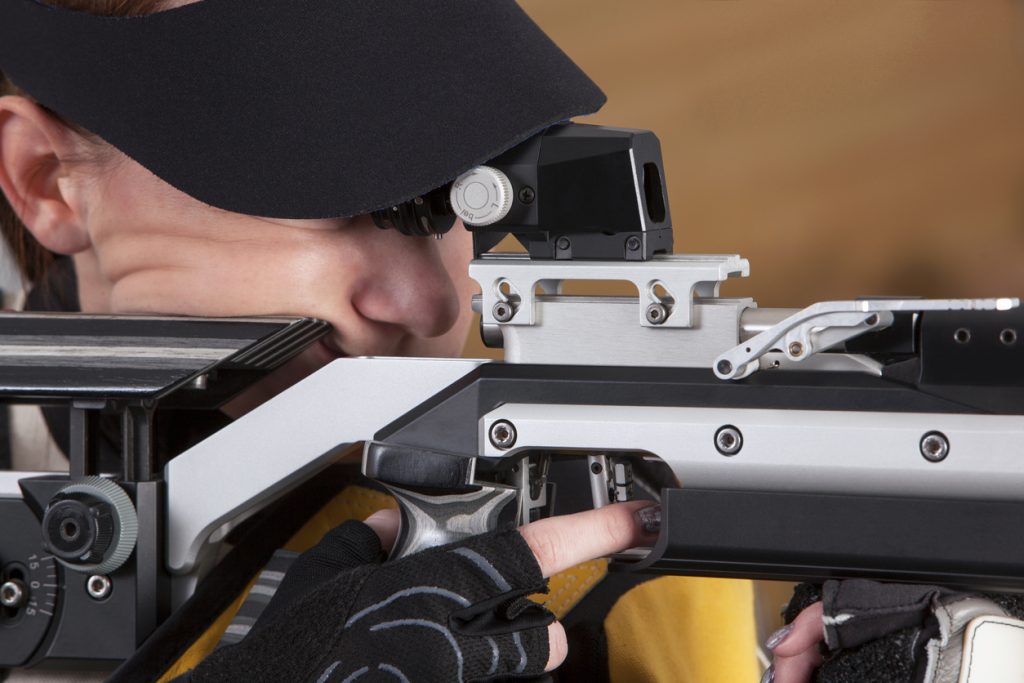

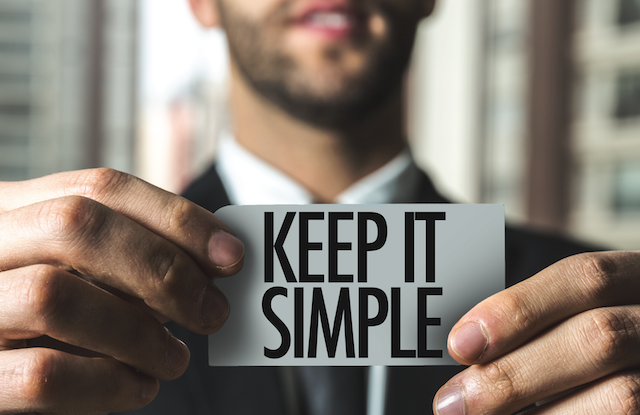
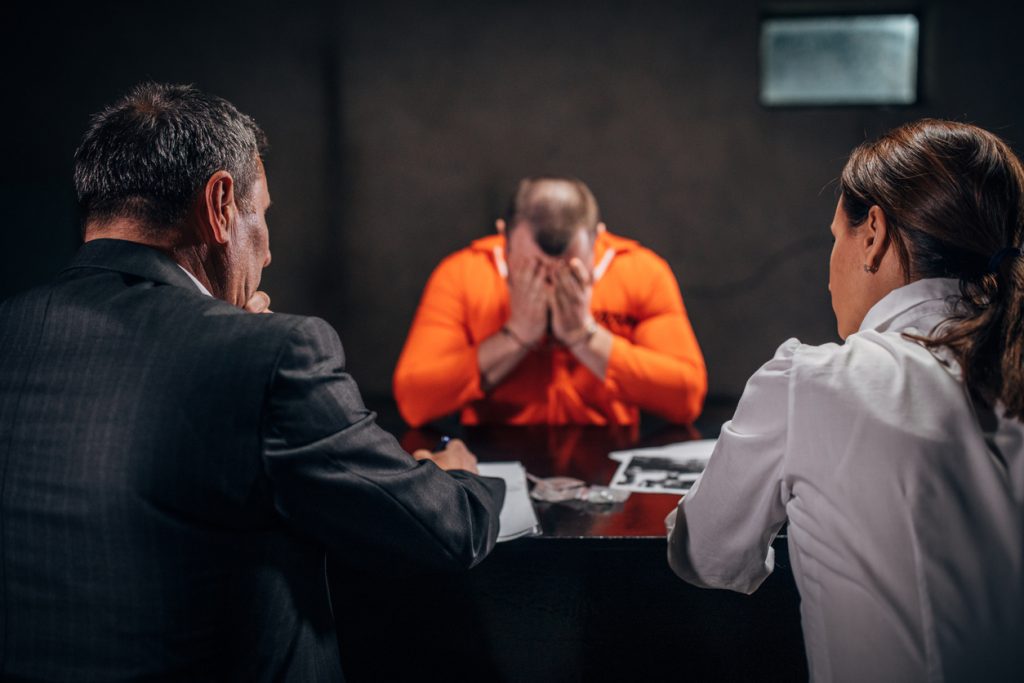
Hi Mark,
Again a great talking point.
What i found of great interest when attending your level 3 self defence course was the legal side. Understanding the laws governing self defence allowed me to write SOP’s and travel plans for armed teams whilst being the Team Leader and PPO to the British Ambassador in Libya.
I wrote a pdf document looking at Martial Arts v Self defence, which showed a big gap between them, since then i have been studying and reading different articles from experts in the field of combatives,self protection and situational awareness and these finding seem to bear me out.
You mentioned simple is best, if we bear in mind that training methods presented by a lot of martial arts instructors are ninety percent technique and skill based, there is a very good chance that the stress part of the equation will not have been addressed in conversation let alone training. That is not to say that the skills of a martial artist will not work against a street aggressor, they can,they have and they will but not without first adapting them.
William Ewart Fairbairn who is known as the father of modern CQB found that Mind Set is one of the most important factors in saving your life and not the amount of techniques you have learnt in the dojo. This was proven during WW2 when he was asked to instruct Commando’s and SOE operators how to protect themselves from an aggressive enemy. Getting down and dirty and becoming a hard target is what Self Defence- Self Protection is all about.
Simple techniques that deliver most impact under stress are what need teaching, also getting people understand the environment that we live in today. You are more likely to seriously injured because you are in denial, this was born out in a study in America.
Hi Neal
Thanks for your response to the blog post and your comment about mindset is spot on.
I appreciate you taking the time to respond.
Have a great Christmas.
Mark
Hi Mark,
Only just seen your article here and it’s bob-on. As you know, I have been involved in teaching martial arts for many years…. it’s been great. But it is very subjective sometimes (many times!) and I have had to somewhat kowtow to the hierarchy within my system on more than one occasion; especially when I start to voice an opinion between the differences between self defence and martial arts. I’ve even been ‘disciplined’ for so-called excessive force on black belt classes when paired with a more senior sparring partner when I’ve done something different and away from our syllabus (but not outside the ‘rules of engagement’ as it were). I just chalk it up to experience. One thing I always try to impart on my classes to students is mindset if confronted with a real life scenario. It’s often hard (read:almost impossible) to even begin to replicate what it’s like on the street compared to the clinical nature of a dojang, so I stopped trying to even start with that a long time ago! I worked at an extremely volatile night-time economy venue for a fair while and never used traditional martial arts but for sure used ‘mindset’ and self defence. I’ve had more senior instructors come to me for advice on self defence classes they are running…. I often tell them to ditch their ‘syllabus’, concentrate on mindset and stress factors and teach principles rather than rigid techniques. I’ve loved martial arts for a long time but the ‘non-shifting’ business of martial arts schooling is making me re-assess what i’m currently delivering.
Hi Heidi
Thanks for your comment and for being so open and frank.
Speak soon.
Mark
Hi Mark,
Excellent article and spot on too, I have learnt a few types of martial arts and boxing over the years, but in a self defence situation, its not the Aikido or Boxing that instinctively kicks in. It is self preservation and the simple need to disengage from that situation. Self Defence gives you that few seconds thinking space and confuses would be attackers, therefore giving you time to get out of dodge, or neutralise the threat (situation dependant).
I for one am definitely going to book myself on one of your courses this coming year, and I want to thank you for your clear and concise advise and instruction.
See you soon
Mark
Hi Mark
Thank you for your comment and feedback and you will be made most welcome on any of our courses anytime.
Speak soon and if I can be of any help you know where to find me.
Best Regards
Mark
Hi Mark,
The difference between Martial Arts and Self-Defence, is as wide as the difference between Self-Defence and Hand to Hand combat. Although the obvious connections between all three disciplines makes it sometimes hard to differentiate. Common sense would dictate that self-defence and especially, Hand to Hand Combat should never be in the same arena as Martial Arts. It’s all do to with the end game (what you are trying to achieve) and as some other contributors have already stated, your mental attitude. Martial Arts are very, very useful as a foundation for both self-defence and close quarter combat. However, over the last 60 years or so I have seen many incidents where, on operations, in the field and out on the street, martial arts practitioners have folded after the first punch to the face. Which, in part illustrates; a) the usefulness of ‘some’ Martial Arts and b) if you are a martial artist, realising you have to radically change your ideology for self-defence and hand to hand combat purposes.
The fight is my teacher
Steve Morris
Hi Cador
Good to hear from you buddy and thanks for commenting.
Have a good Christmas and New Year.
Mark